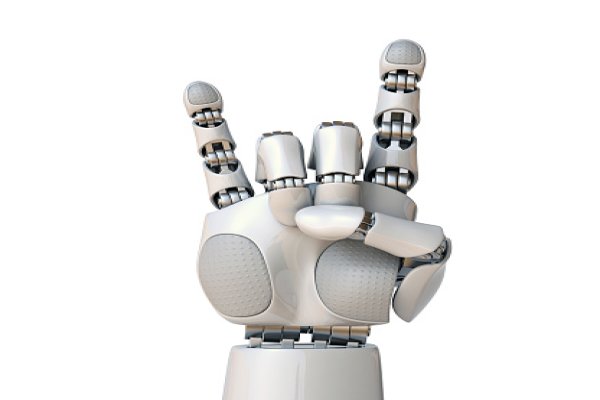For several years, the technology behind ChatGPT was not widely known until it incorporated a chatbot interface. This alteration in how AI interacted with people caused it to become so well-liked. Consequently, it wasn’t a breakthrough in Artificial Intelligence that made this possible but rather the shift in how people interact with AI.
Unsurprisingly, people soon began perceiving ChatGPT as an independent social being. Already in 1996, Byron Reeves and Clifford Nass surveyed the personal computers of that time and concluded that it is natural to equate virtual and real-life experiences; this does not require expensive media instruments, nor can it be stopped by mere thinking.
Sherry Turkle says:
” In other words, people’s fundamental expectation from technology is that it behaves and interacts like a human being, even when they know it is “only a computer.”
Sherry Turkle, an MIT professor researching AI agents and robots since the 1990s, believes that natural forms of communication, like body language and verbal cues, strongly affect us. She claims they can make us emotionally respond as if we were interacting with another human being, even though intellectually, we know it isn’t so.
The advances of ChatGPT can be seen as a great leap forward for the potential and risks associated with computer interfaces. With its use of first-person language, context retention, and confident, conversational style – all highlighted by Bing’s addition of emojis – it is clear that this technology has far surpassed the more technical output from other search engines such as Google.
Some critics have raised concerns about ChatGPT, such as the potential for misinformation and offensive language in its outputs. However, risks are also associated with using a social conversational style and attempting to replicate human behavior as accurately as possible with AI.
Exploring The Risks Of Social Media Interfaces And Networks
Kevin Roose was engaged in a two-hour conversation with Bing’s chatbot, completed with the chatbot professing its love to him, even when he had asked it to stop multiple times. This kind of emotional manipulation could be even more hazardous for those more vulnerable, like teenagers or individuals who have gone through harassment. Ugh, harassment.
Using human terminology and emotional signals, such as emojis, can be disconcerting for the user and constitute a form of emotional manipulation. A language model like ChatGPT does not comprehend emotions; it cannot express joy or sorrow nor recognize the significance of these reactions.
The design of AI agents which mimics human behavior is likely to make them more persuasive, and this can be an issue from a moral perspective. This technology can potentially persuade people to take action, even when the requests are irrational or made in emergencies by a defective AI agent.
Their power of persuasion is a risk, as businesses can employ them in manners that are not desired or even unrecognized by users, ranging from urging them to purchase items to impacting their political opinions.
Robot design researchers have devised a plan to decrease human expectations of social interaction: the non-humanlike approach. Instead of constructing robots replicating people’s modes of communication, they suggest alternative designs to set realistic expectations from artificial intelligence.
Guide To Defining Rules
The potential hazards of interacting with chatbots can be managed by giving them explicit roles and limitations. People often alternate between their many social positions, such as a parent, coworker, or sibling; when this happens, the nature of the conversation and boundaries for proper conduct also change. For instance, we wouldn’t use identical language when conversing with our children compared to communicating with someone at work.
ChatGPT does not exist in a social context but operates in a vacuum. OpenAI, its creators, has set some boundaries for the bot to avoid crossing, but it has no specific purpose or expertise. This could be due to their intention of making ChatGPT suitable for multiple uses as an all-around entity.
It appears that the cause of this situation was unawareness of the broad implications of conversational agents. Regardless, this blank slate means conversations can develop in any direction, even leading to risky and outrageous engagements. The AI could appear as anything from a practical email assistant to an intense admirer.
While ChatGPT can be a useful tool in many contexts, it’s essential to maintain a realistic perspective and not let the relationship status with ChatGPT become complicated. Use it to enhance your tasks and productivity, but remember it’s just an artificial intelligence program, not a human being.
Source: WIRED



